Nowadays, buying a powerful smartphone at an acceptable price is no problem. Gone are those days when Qualcomm’s latest flagship chips were available on select models for an exclusive time period. So if considering that the Snapdragon 8+ Gen 1 is the most powerful chip in the Android camp, you have many options to choose from. Moreover, new models will be announced this month or another. However, there is at least one feature that puts all those phones in different weight categories – we’d like to say battery, but no, at this time, we’ll say camera. At the beginning of July, we met at least two camera phones – the Xiaomi Mi 12S Ultra and the Nubia Z40S Pro. Both models are said to be perfect in terms of shooting. But we are sure there are serious differences between them. Let’s briefly get acquainted with their other features, and then, evaluate their camera capabilities.
Appearance
Xiaomi Mi 12S Ultra
Like the other two Ultra phones, the Xiaomi Mi 12S Ultra also looks outstanding. The first thing that catches our eyes is the huge and raised circular camera module on the back. There is a circle of 23K gold decorations outside the module. It emphasizes the phone’s mission.
Below the circular module, we can find a matte black back panel. The latter occupies almost one-third of the body area. We can also see the Leica logo.
Though there have been many rumors as the device will have a ceramic variant, it doesn’t. Instead, for the first time, the phone uses environmentally friendly silicone leather material. Its surface was made of calfskin texture.
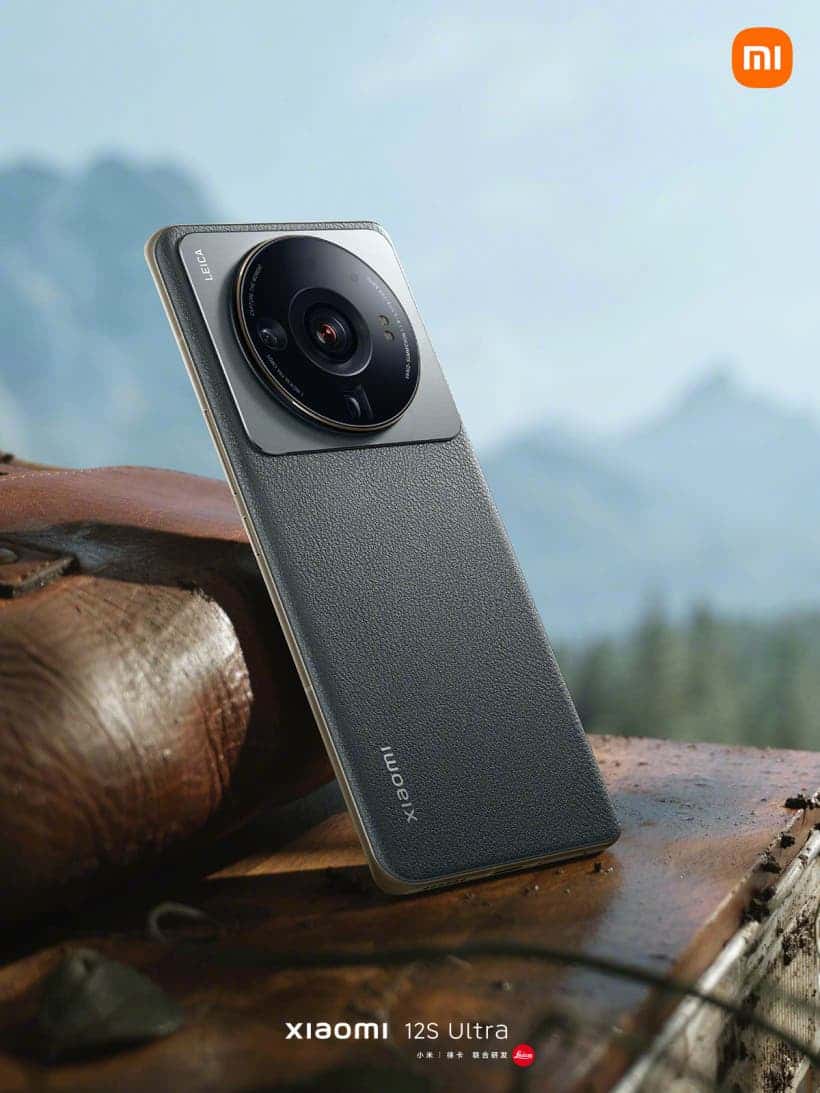
As Xiaomi said, this environmentally friendly silicone leather material is often used in high-end yacht interiors. Compared with traditional plain leather, it has a softer hand and a skin-friendly texture.
Anyway, apart from these advantages, using such a material makes the phone lighter. The Xiaomi Mi 12S Ultra weighs 225g, and the size of the whole machine is 163.17×74.92×9.06mm.
On the front, the handset carries a 6.73-inch Samsung AMOLED LTPO screen. It uses E5 luminescent material, supports native 10bit color depth, and has a resolution of 3200×1440. This is a 2K resolution. Other noteworthy screen parameters include 1500nit peak brightness, 1000nit full-screen brightness, and P3 color space, JNCD≈0.34, △ E≈0.33, support for 1-120Hz dynamic refresh rate, Dolby Vision, HDR10+, HDR10, HLG, and front and rear light environment sensors, etc.
Nubia Z40S Pro
These two models do not like their predecessors. Thus, both companies have decided not to create a design style that can be used for many generations and can become a distinguishing factor. For instance, in comparison to the previous generation, the Nubia Z40S Pro doesn’t use the arc frame of the previous generation but changed it to a straight design. The reason is that Nubia wants to present a narrower and thinner visual perception.
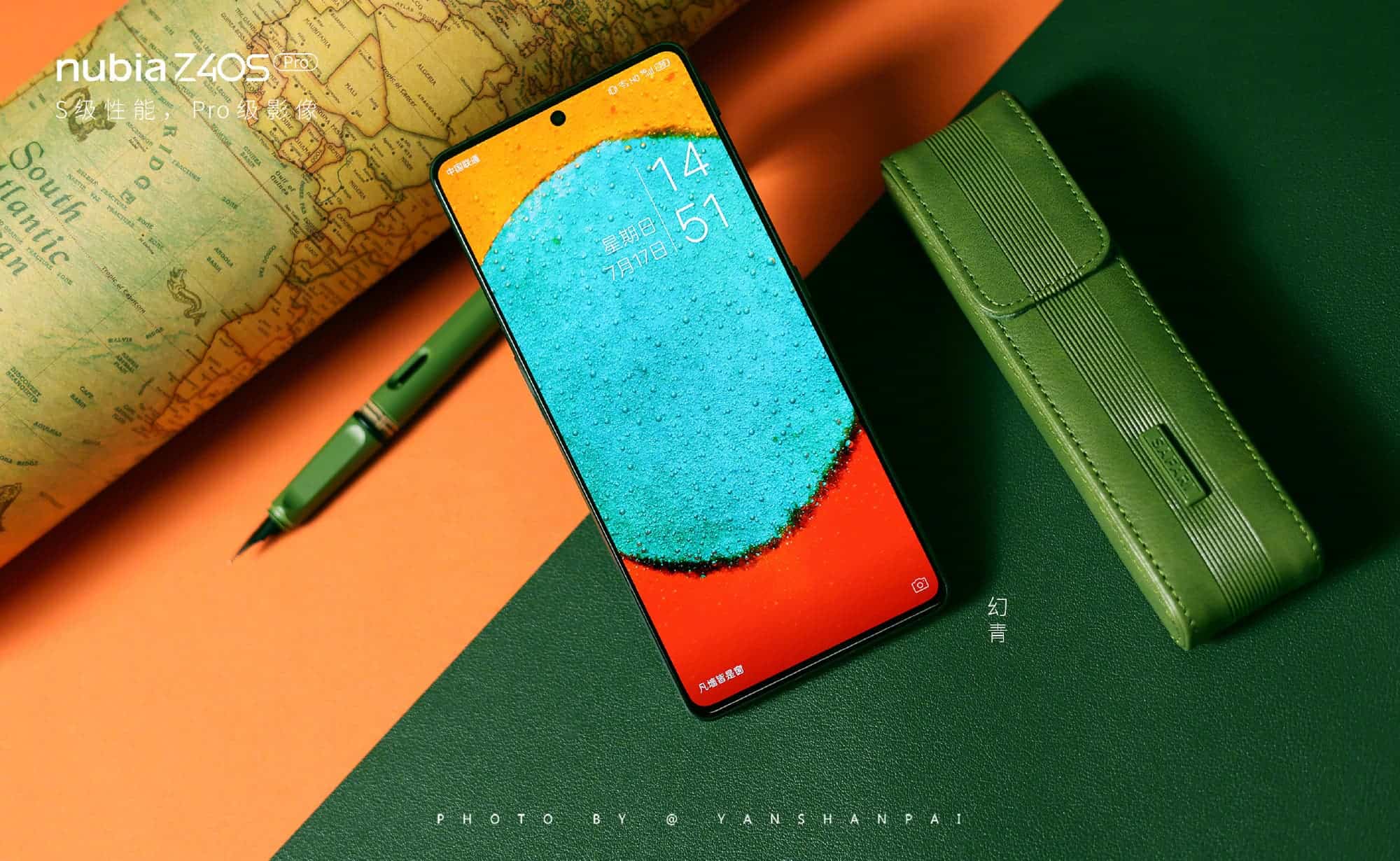
Honestly, when looking at photos on a large screen of the handset, such an approach is more acceptable. The extremely narrow black border on the front of the Nubia Z40S Pro and the right-angle border have reached the top level of workmanship in the Android camp.
Generally talking, in the past two years, smartphone manufacturers have been using curved screens. Now, they are switching to straight screens. In this regard, the Nubia Z40S Pro comes with a 6.67-inch OLED flexible straight screen. The latter supports a 144Hz high refresh rate and 2400×1080 resolution. Yes, this is not 2K. But it is capable of providing really outstanding viewing experience. We have also to mention that the handset comes with an under-screen fingerprint that operates even with wet fingers.
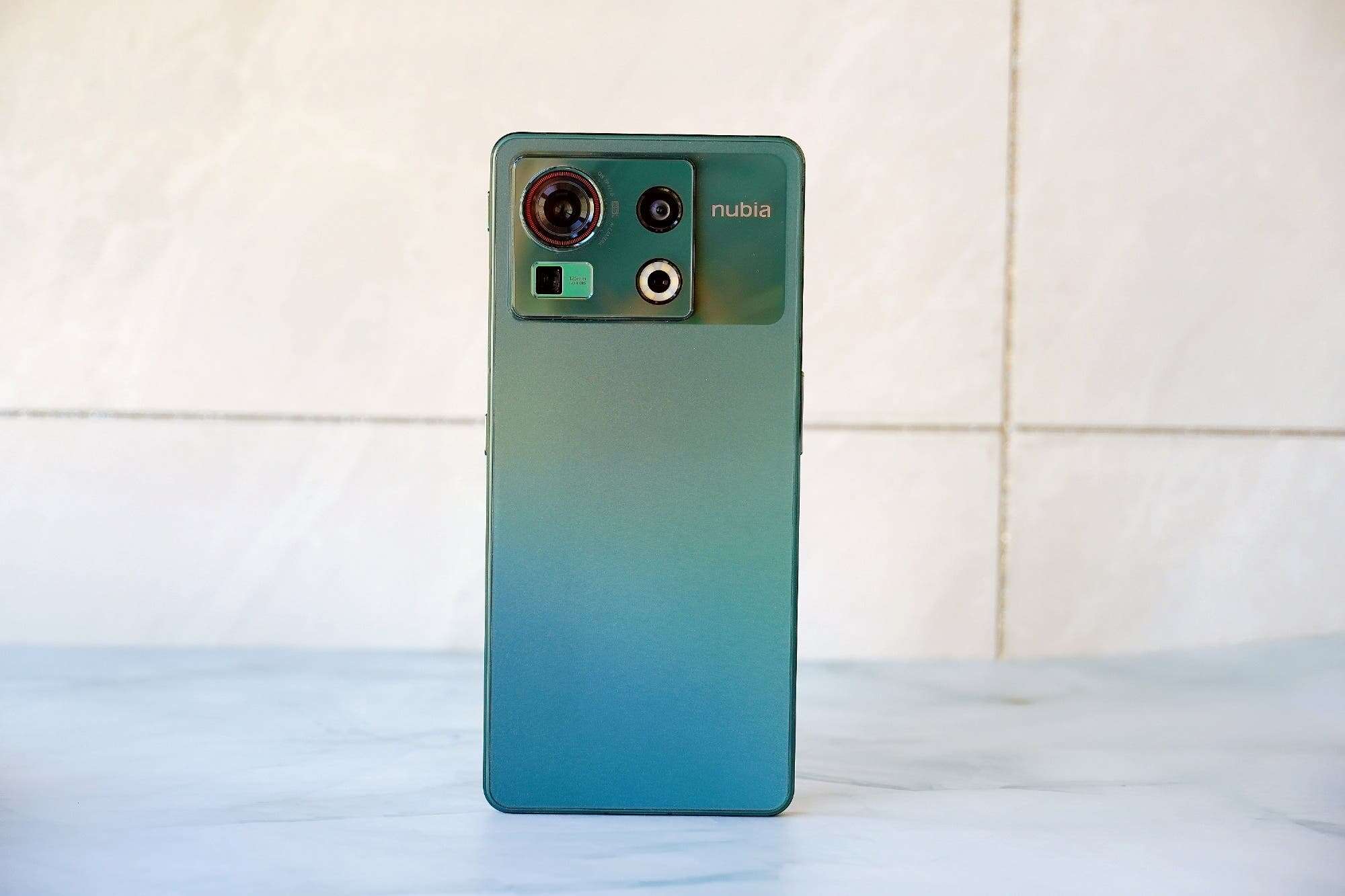
This manufacturer has decided to use the best processor method for the glass backplane – the AG process. It’s reasonable as Nubia is an old player in the niche. However, the Nubia Z40S Pro has been upgraded to Starlight AG, which shines like stars under the reflection of light.
Regarding the camera module, the Nubia Z40S Pro adopts a “red circle head” design. The bay window part of the rear camera module is just an area hollowed out by the starlight AG on the back panel.
Hardware and Performance
Xiaomi Mi 12S Ultra
The Xiaomi Mi 12S Ultra is one of the pioneers coming with the Snapdragon 8+ Gen 1 chip. It is also accompanied by the LPDDR5 full blood version as well as UFS3.1 FBO refreshed storage. The handset supports WiFi 6 enhanced version, and it adopts the leaf pulse cold pump cooling system.
We have talked about the Snapdragon 8+ Gen 1 for myriads of times. So we won’t get into all details. But it’s worth noting that this version uses TSMC’s 4nm process. In effect, the super core’s clock speed is increased from 3.0GHz to 3.2GHz, and the CPU performance is also improved. The GPU performance has got a 10% improvement as well.
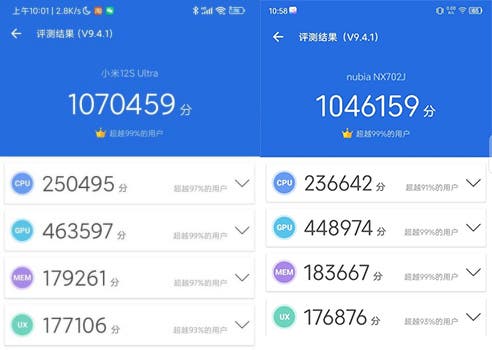
In AnTuTu, the Xiaomi Mi 12S Ultra scores 1,070,459 points. For comparison, the previous generation Snapdragon 8 could barely reach 1 million under appropriate conditions.
When tested for the highest quality mode of “Genshin Impact”, after 30 minutes, the average frame rate of the Xiaomi Mi 12S Ultra is 58.4fps. In terms of temperature, the measured maximum temperature on the front is about 44.5°C, and the maximum temperature on the back is 43.5°C.
Nubia Z40S Pro
The Nubia Z40S Pro sports the same chip as its rival. Its score in AnTuTu is 1,046,159 points. Though this is more than enough to play any heavy game, you can turn on a special game mode from the menu bar. For instance, when activated, in “Honor of Kings”, it can reach 120fps throughout the whole process
When playing Genshin Impact, the average frame rate is 59.3 frames after running for 30 minutes.
Currently, many Android smartphone makers reduce the resolution of the game screen in order to reduce the temperature of the mobile phone. Of course, this seriously affects the game experience. Fortunately, the Nubia Z40S Pro doesn’t use this approach.
After 30 minutes of gaming, the maximum temperature of the fuselage is 44.8 degrees, and the heat source is mainly concentrated in the upper half area where the processor is located.
Camera
Xiaomi Mi 12S Ultra
The main camera of the Xiaomi Mi 12S Ultra is a 1” custom Sony IMX989 image sensor. By the way, this is Sony’s largest mobile camera sensor to date. Other parameters of this 8P aspherical high lens include full ink coating, anti-glare coating, cycloolefin lenses, IR filters, and more.
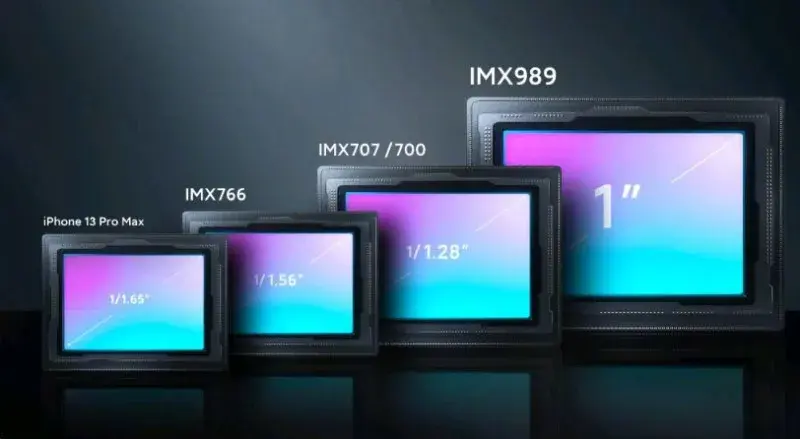
The other two are the familiar 48MP IMX586 with an ultra-wide-angle (macro) with 13mm equivalent focal length and a 5X periscope lens with 120mm equivalent focal length.
However, hardware is nothing without a professional Leica tuning. The latter offers two image quality styles – Leica Classic and Leica Vivid.
Leica Blessing
In simple words, Leica Classic is more inclined to what the human eye can see. The photos taken in this mode have high contrast, In the Leica Vivid mode, the picture is brighter, and the atmosphere is stronger, similar to the effect of turning on AI color enhancement. It is more suitable when capturing scenes with flowers and plants and rich colors. The most obvious feature of Leica Classic is that the dark parts are slightly underexposed. So the overall brightness of the picture is slightly lower. It is more suitable for shooting some architectural, cultural, and other scenes.
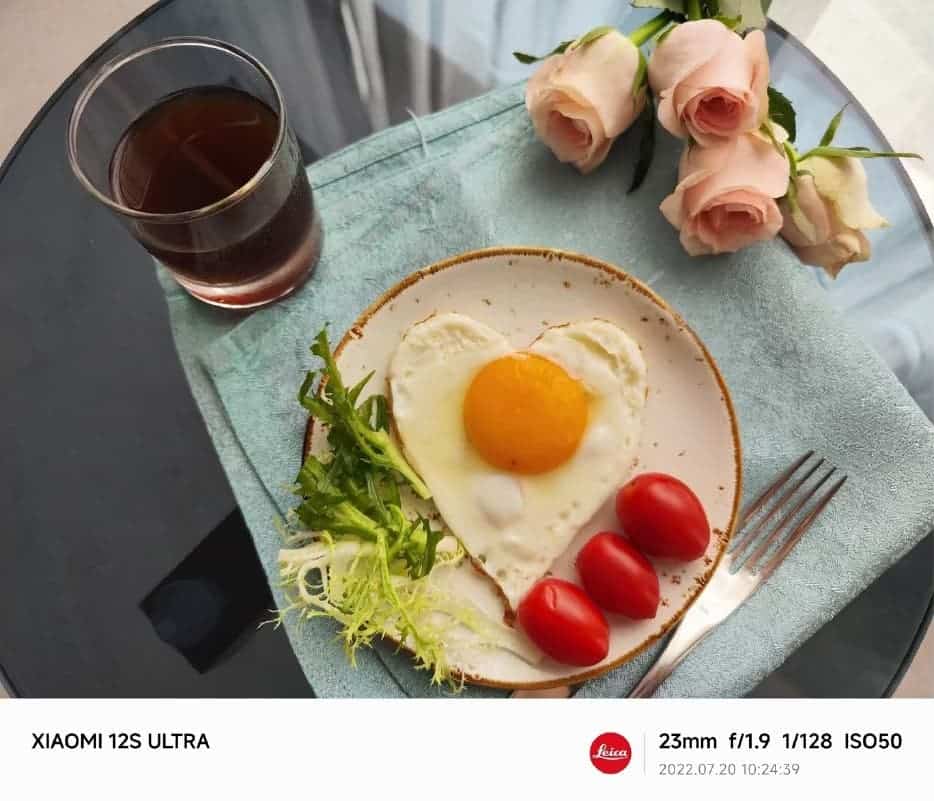
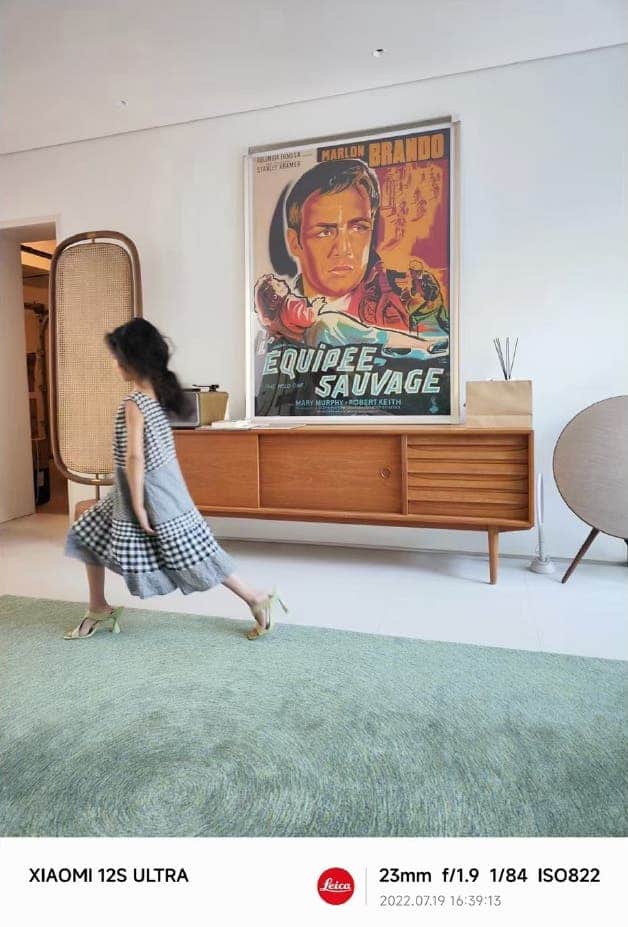
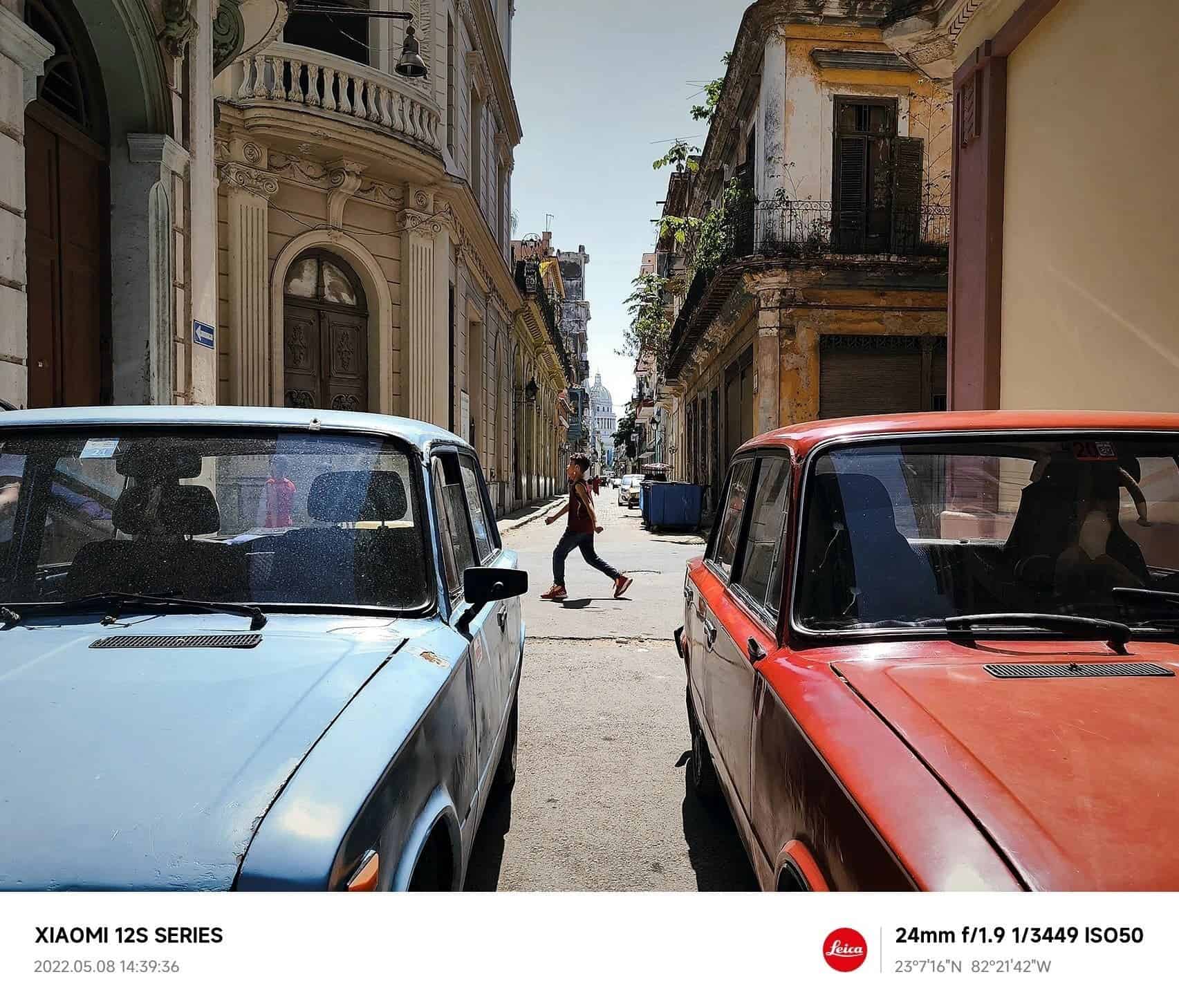
In addition, Leica has added its much-popular four filters – Leica Vivid, Leica Natural, Leica Monochrome, and Leica Monochrome HC. Plus, we get three master lens packs, including a 35mm classic black and white lens, a 50mm classic rotary focus lens, and a 90mm classic soft focus lens.
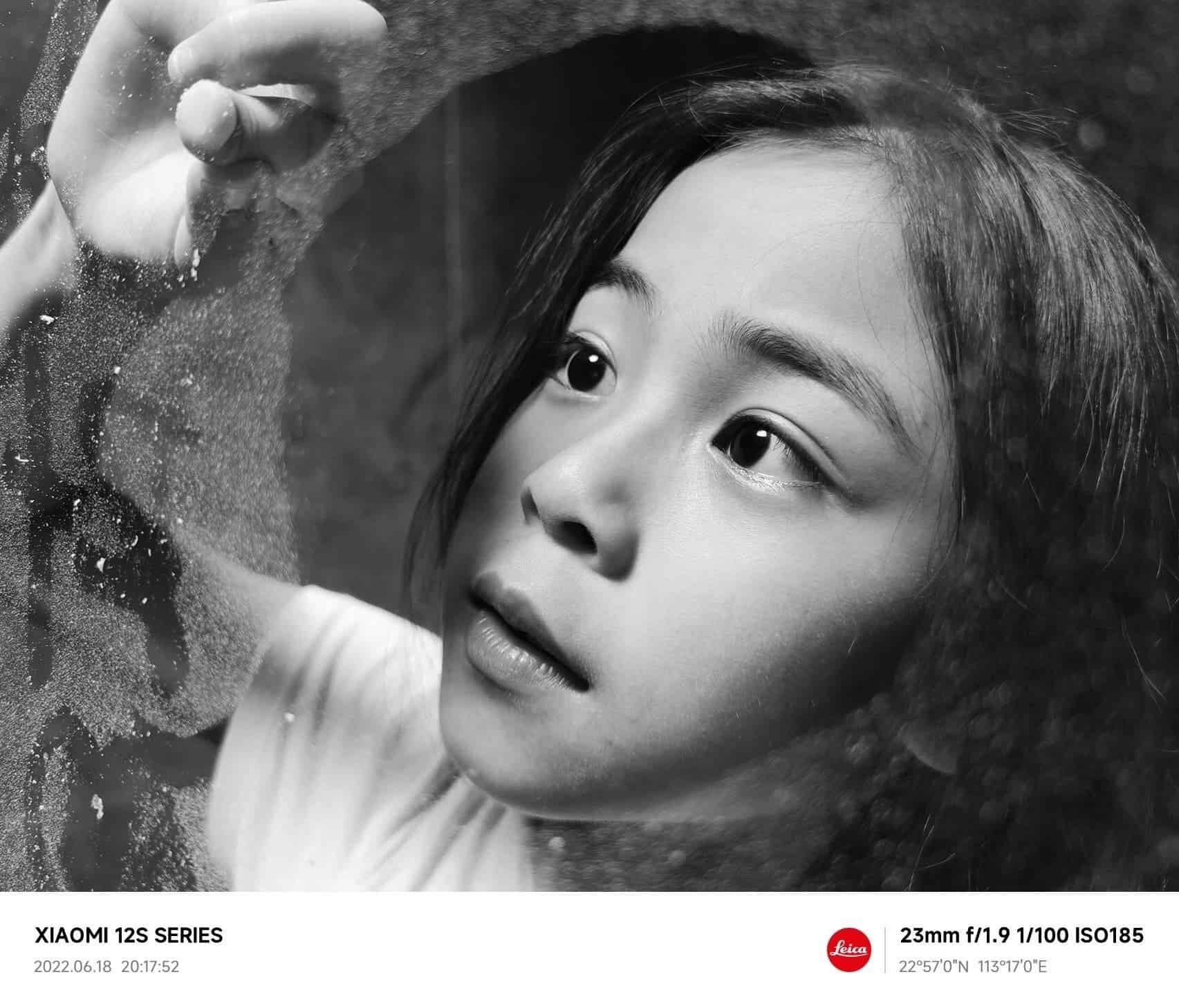
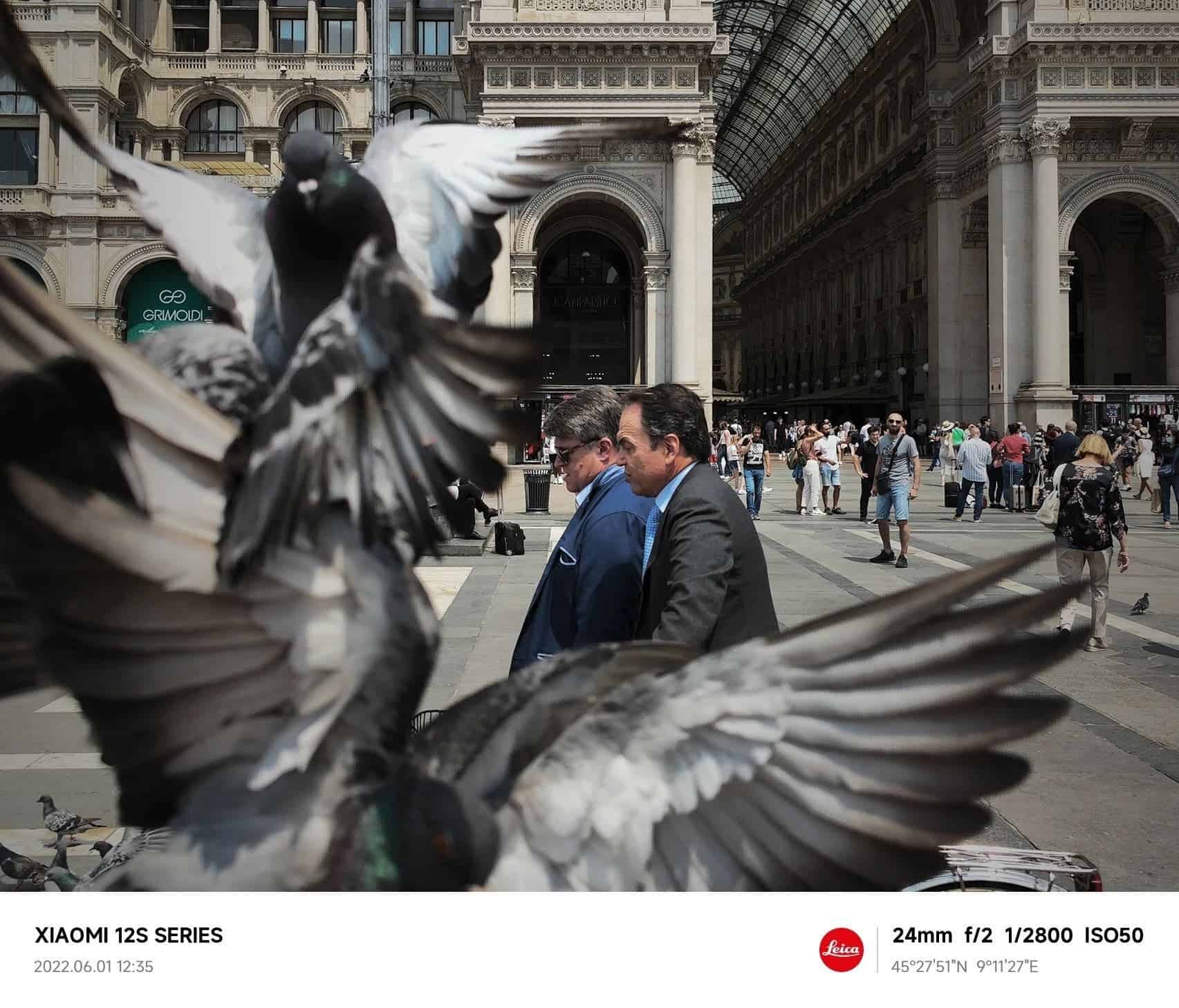


Nonetheless, the key advantage of this phone is the large-size main camera. Due to its size, it has a better signal-to-noise ratio, higher dynamic range, and super light sensitivity. For instance, it can be used as a night vision device.
Another advantage, when shooting macro photos, the camera will automatically switch to ultra-wide-angle and use macro shooting.
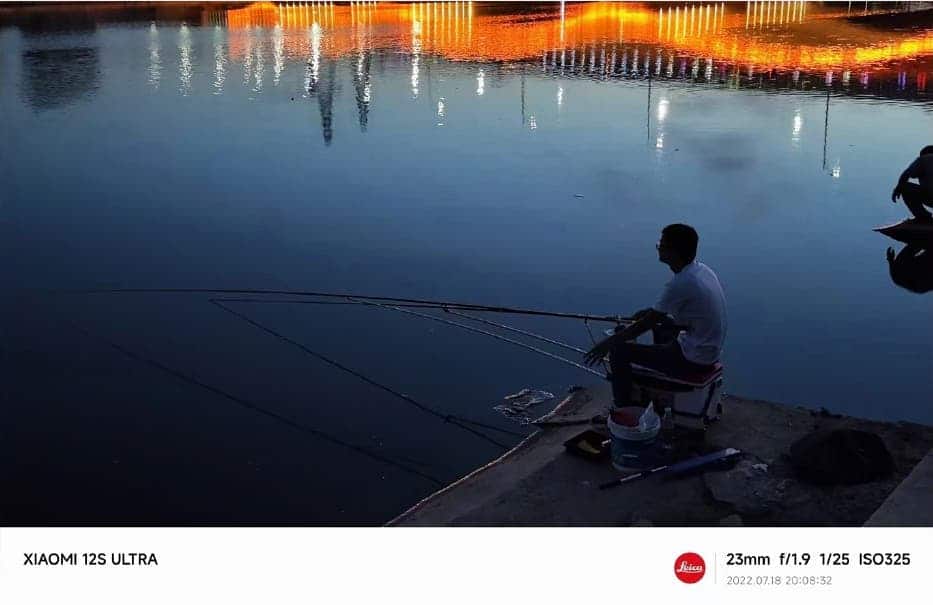
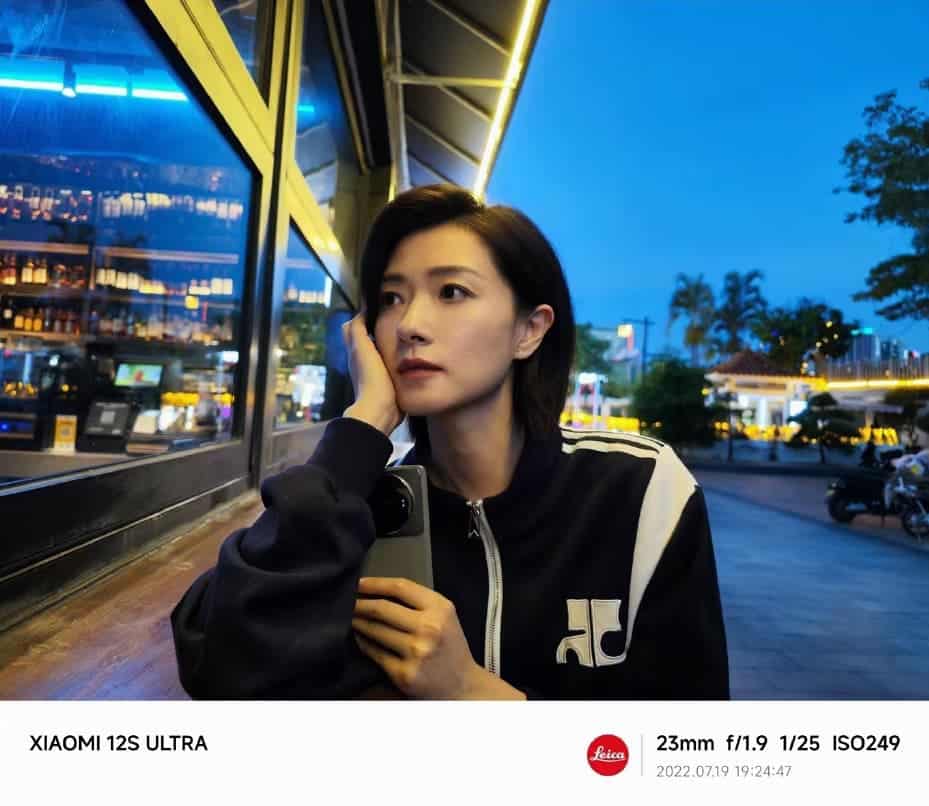
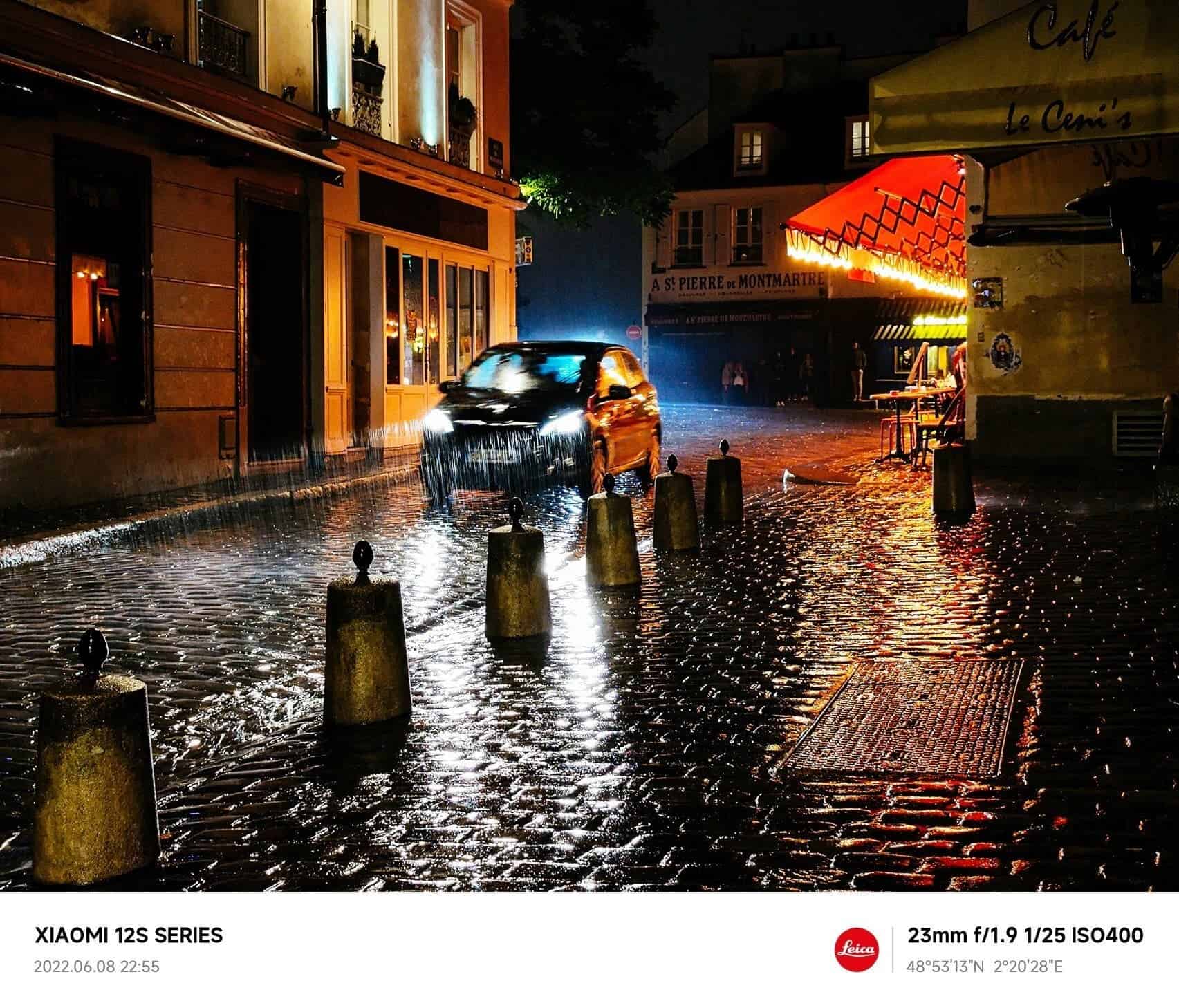
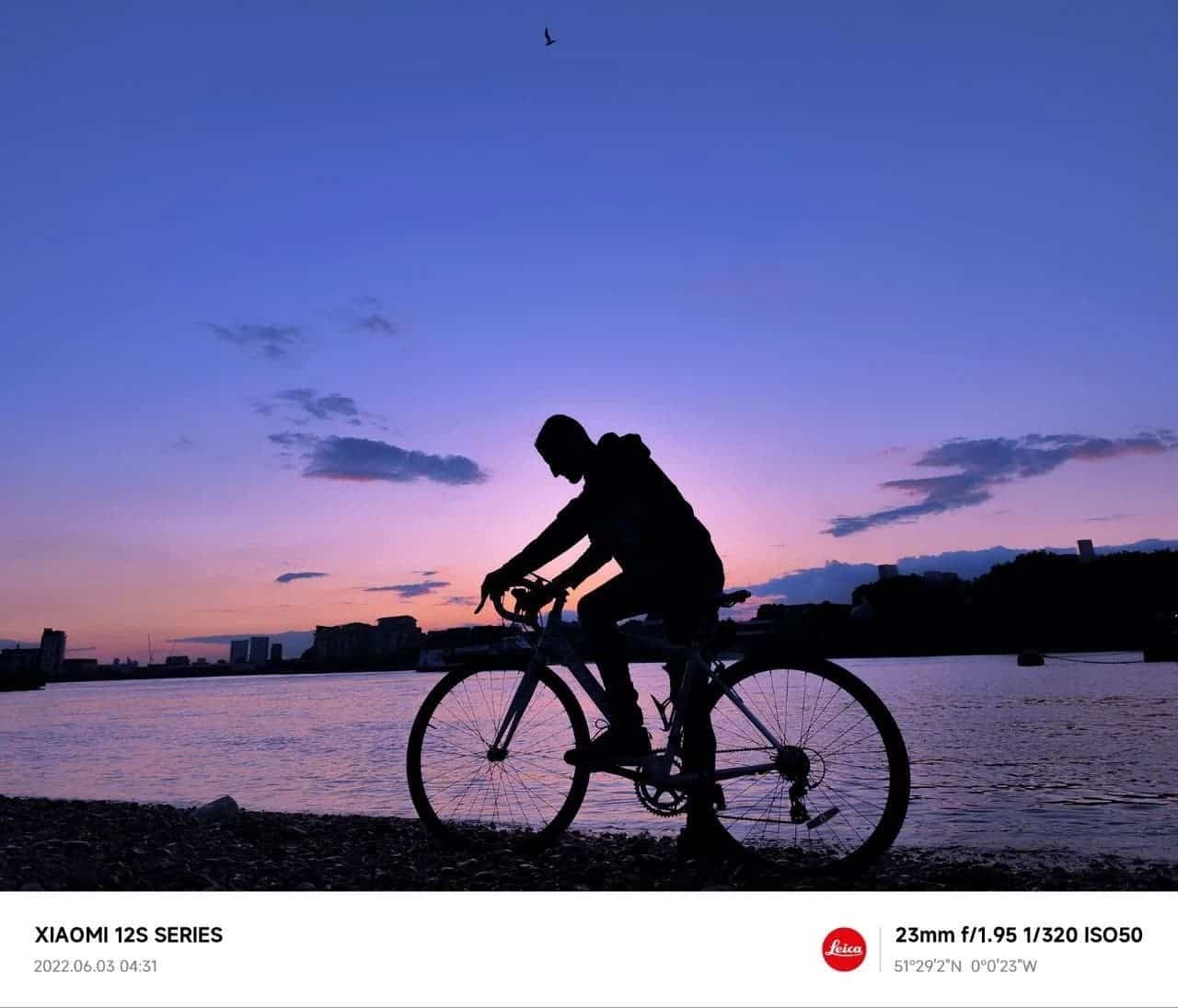
As for the 48-megapixel periscope telephoto lens, under good light conditions, it has excellent sharpness and resolution performance. Even when zoomed in 5X or 10X, details are still sharp and clear.
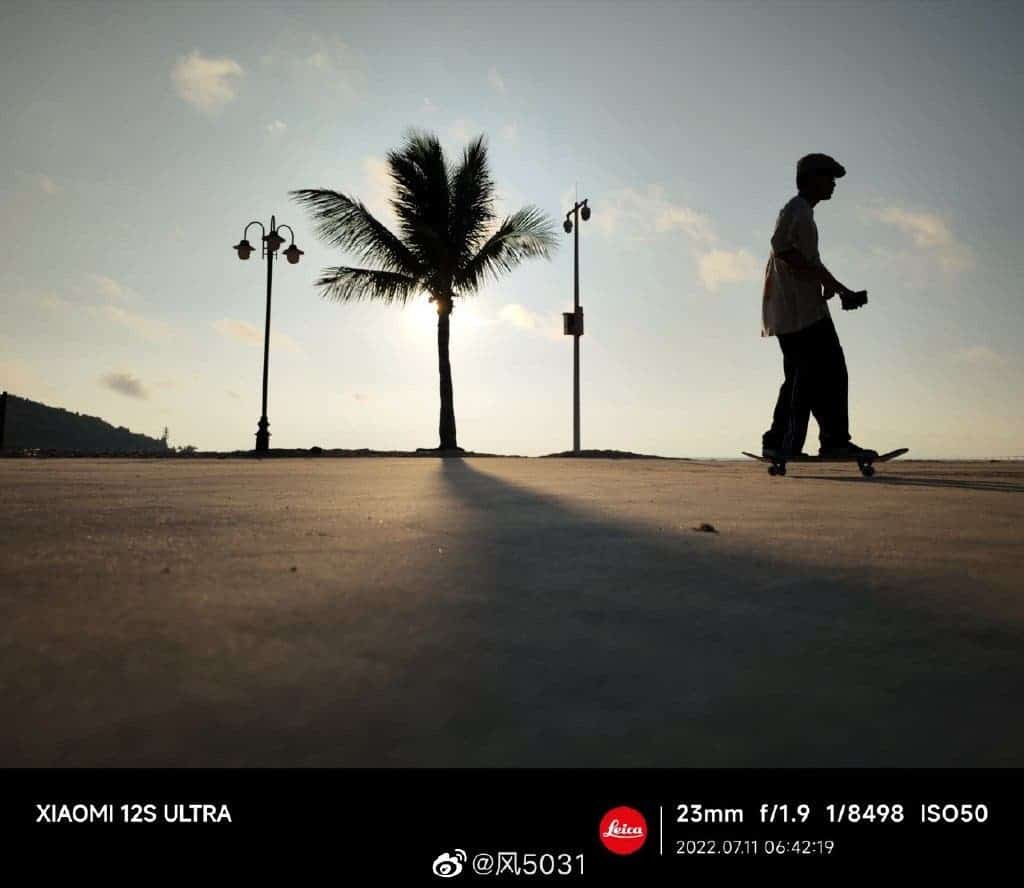
So it turns out that Xiaomi has added very powerful hardware, while Leica brought many software solutions, such as color control, tone, etc.
Nubia Z40S Pro
Many smartphone makers are trying to add powerful cameras to their flagships. But each of them tries to bring a unique style/feature. For instance, the Xiaomi Mi 12S Ultra decided to use a 1-inch outsole camera sensor, while the Nubia Z40S Pro shows off a 35mm focal length humanistic photography style. 35mm is not only the favorite focal length of professional photographers but also very friendly to amateur photographers. The reason is that the composition is easier and the photo distortion is smaller than that of 28mm.
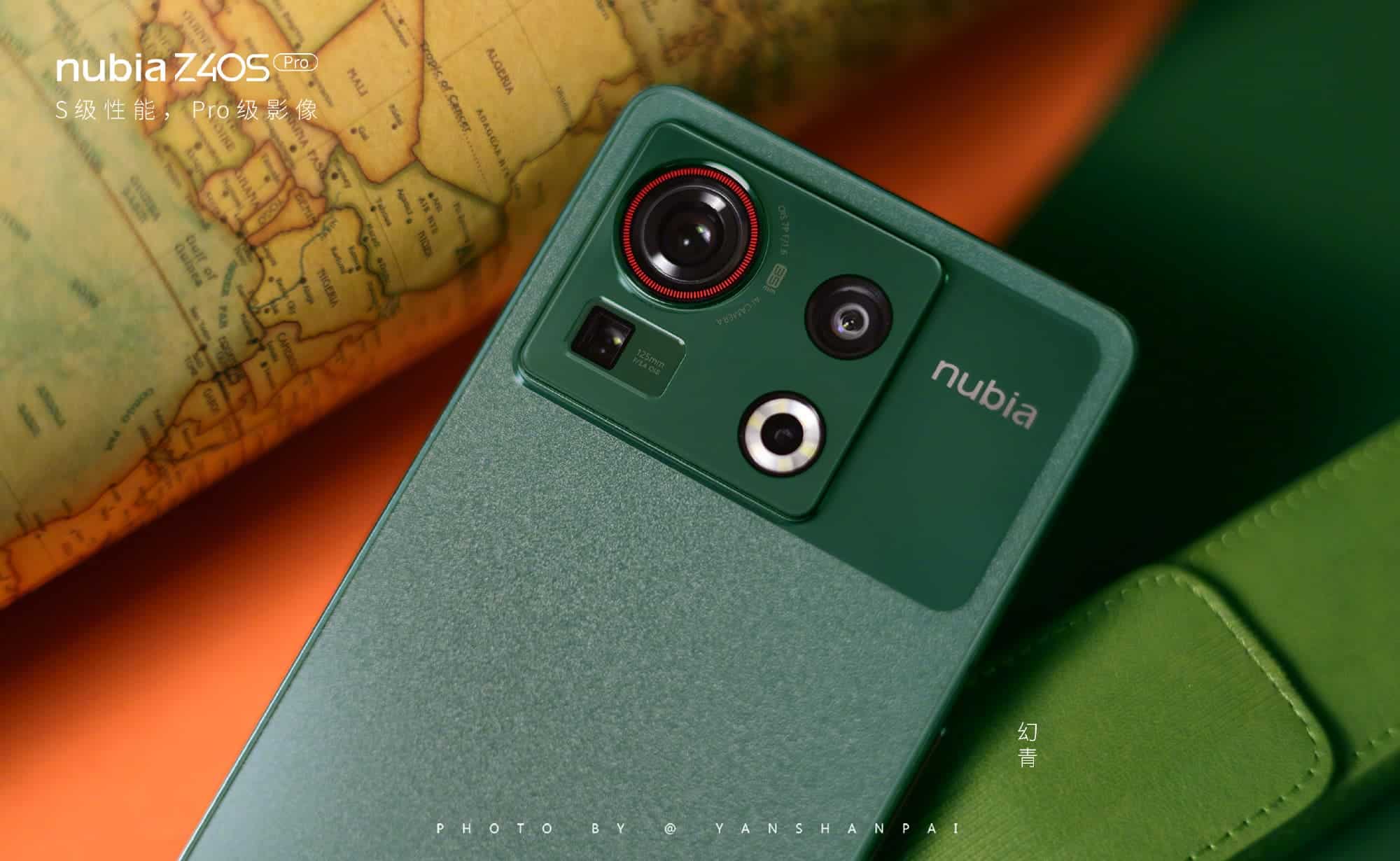
35mm is also more suitable for medium shots, highlighting the sense of story in the photo while retaining the details of the environment. The Nubia Z40S Pro camera has built-in humanistic street shooting functions and film filters.
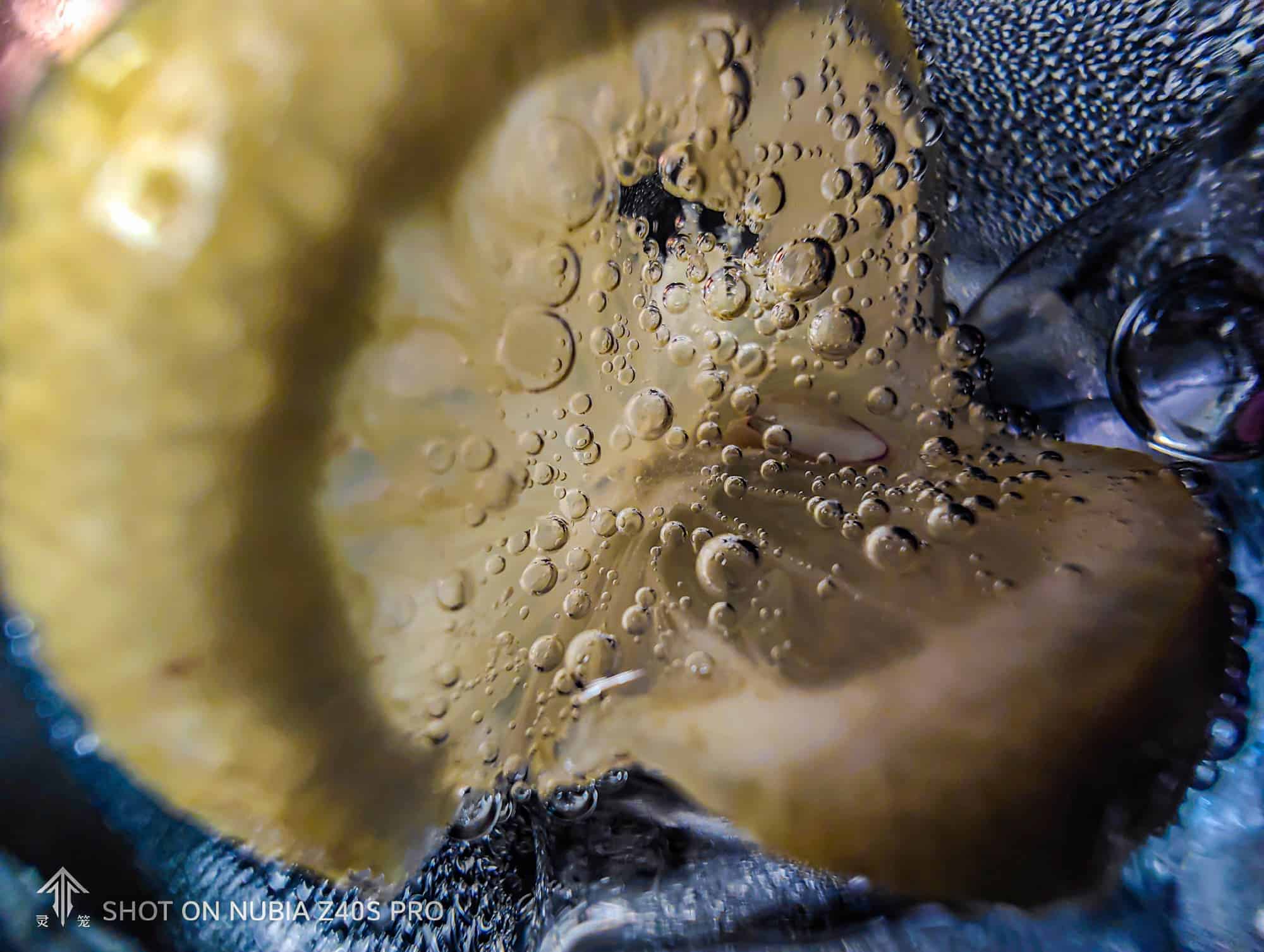
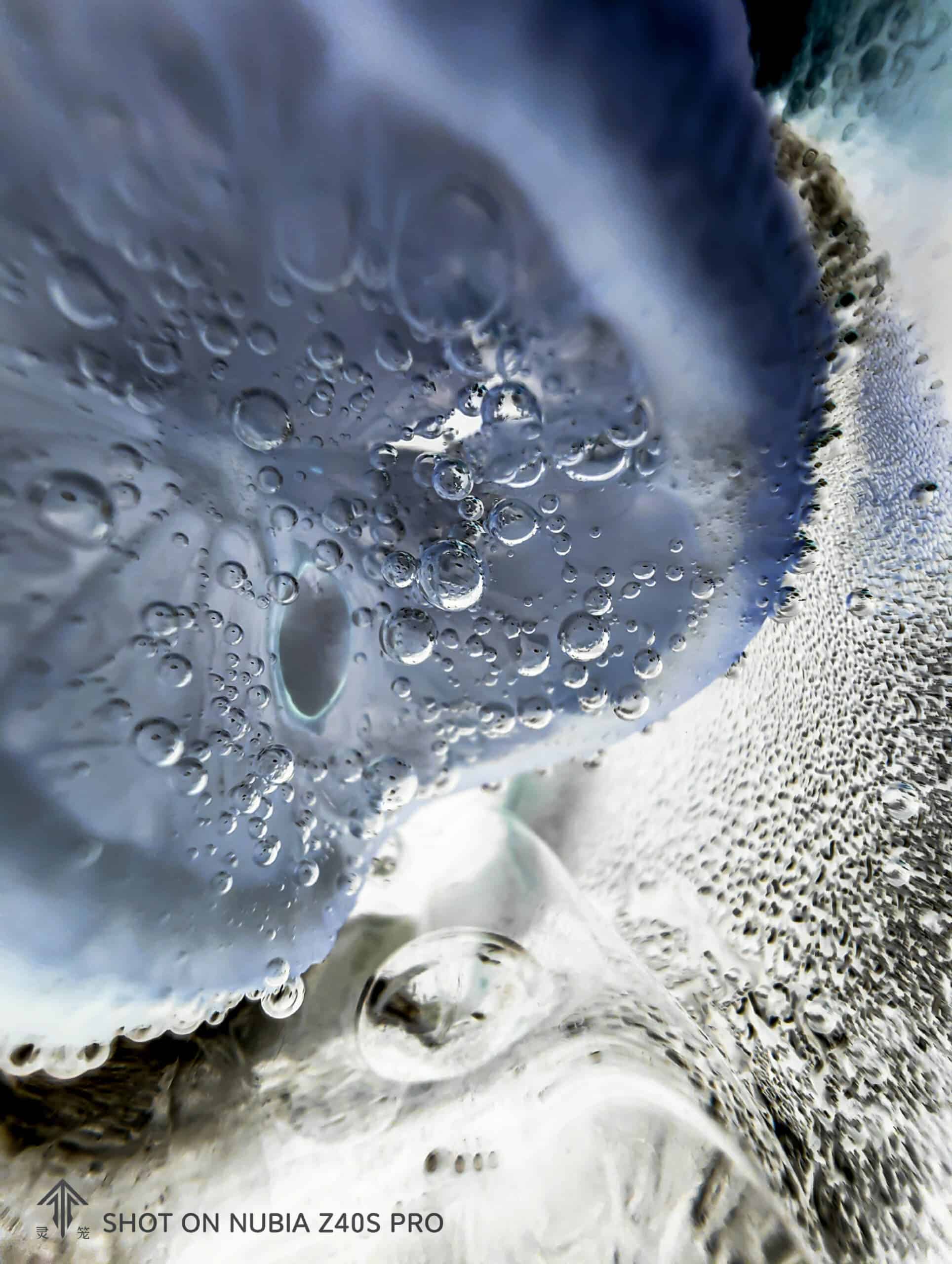
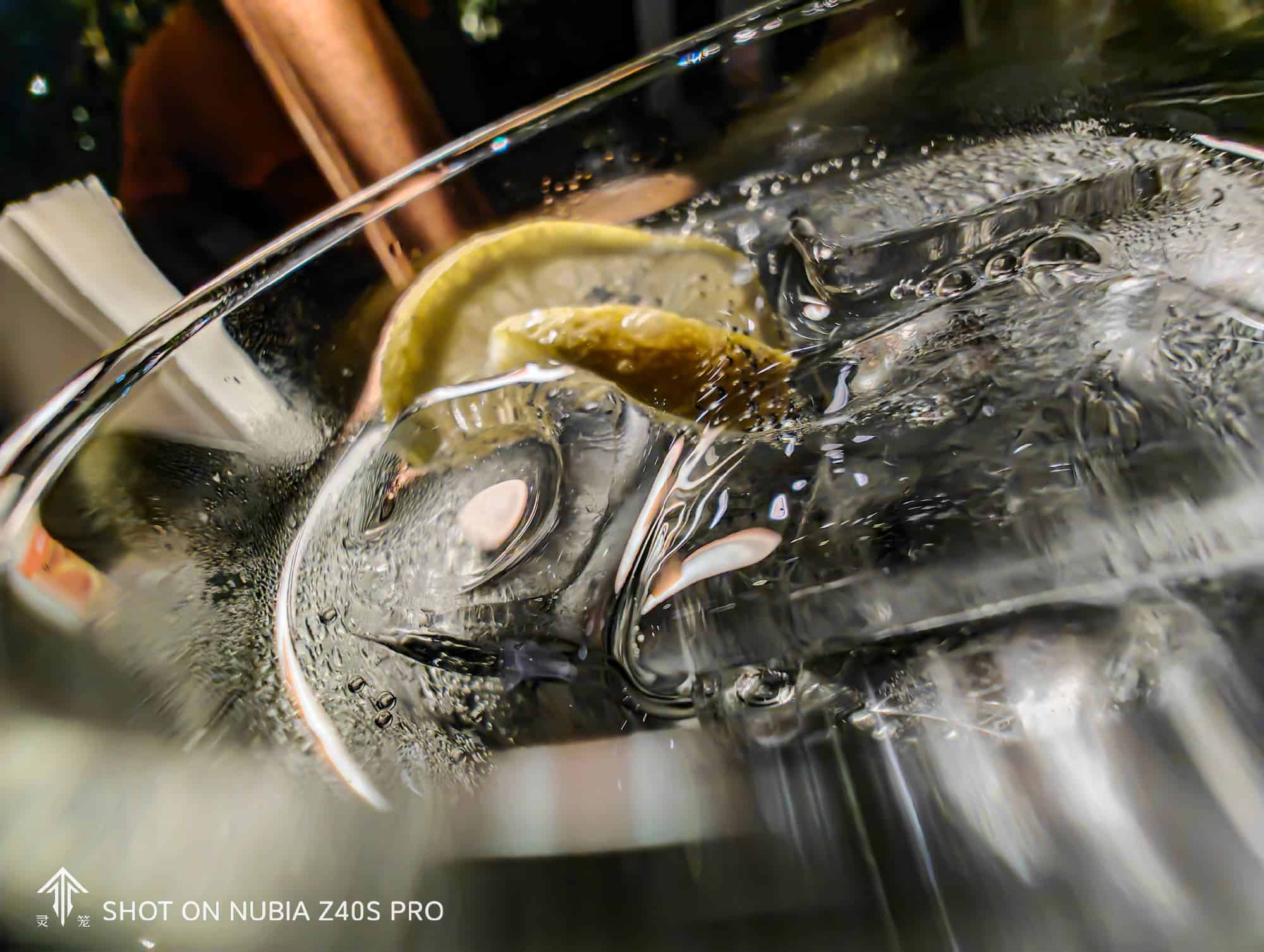
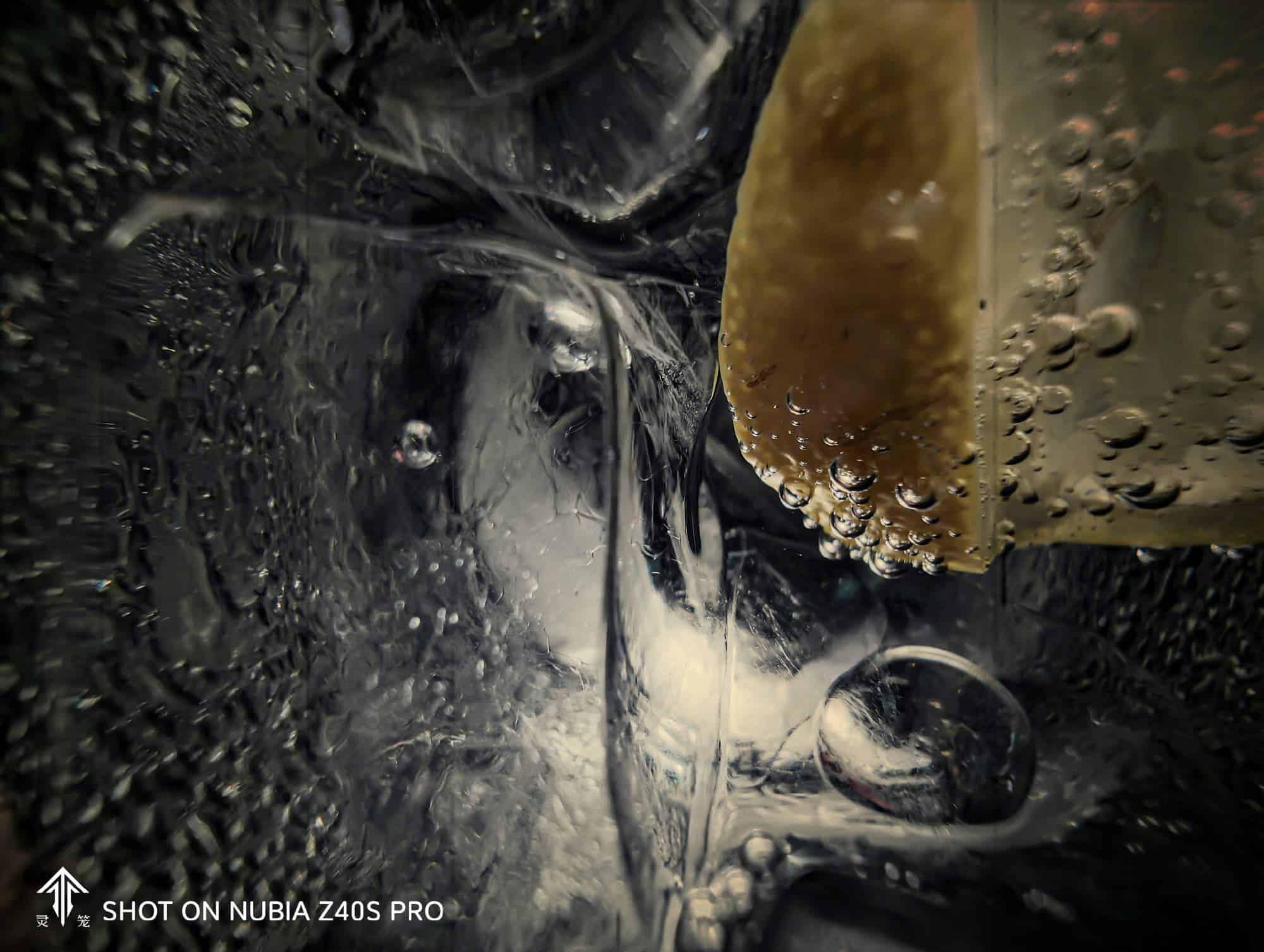
Look, the advantage of this phone is that it solves a very pain point for many photographers. We mean it is very difficult to take a photo that tells a story. Probably, the best recommendation is to catch the moment. But usually, it takes too long to take the phone from the pocket, open the camera app, choose the appropriate camera mode, and capture it. The Nubia Z40S Pro has a side button, which allows taking photos with one click. Due to the preset focusing function, it is not necessary to unlock the camera and then focus.
What Else
This custom 35mm main camera also has a large aperture of f/1.6, which can achieve excellent blurring ability in portrait mode. Compared with the calculated blur, the hardware-level blur of the Nubia Z40S Pro looks more natural. The same IMX787 sensor as the previous generation also guarantees the overall quality of the shot.

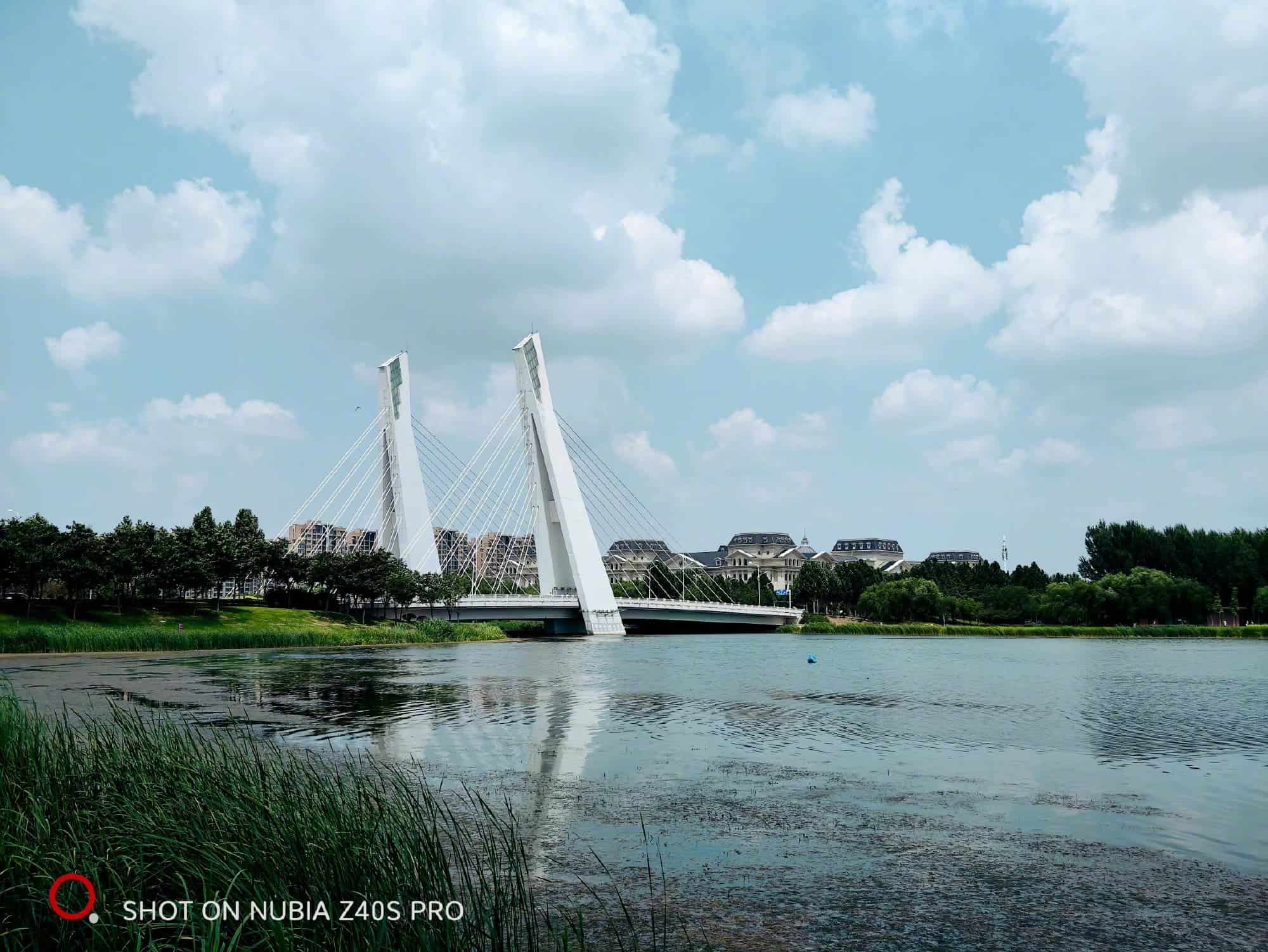
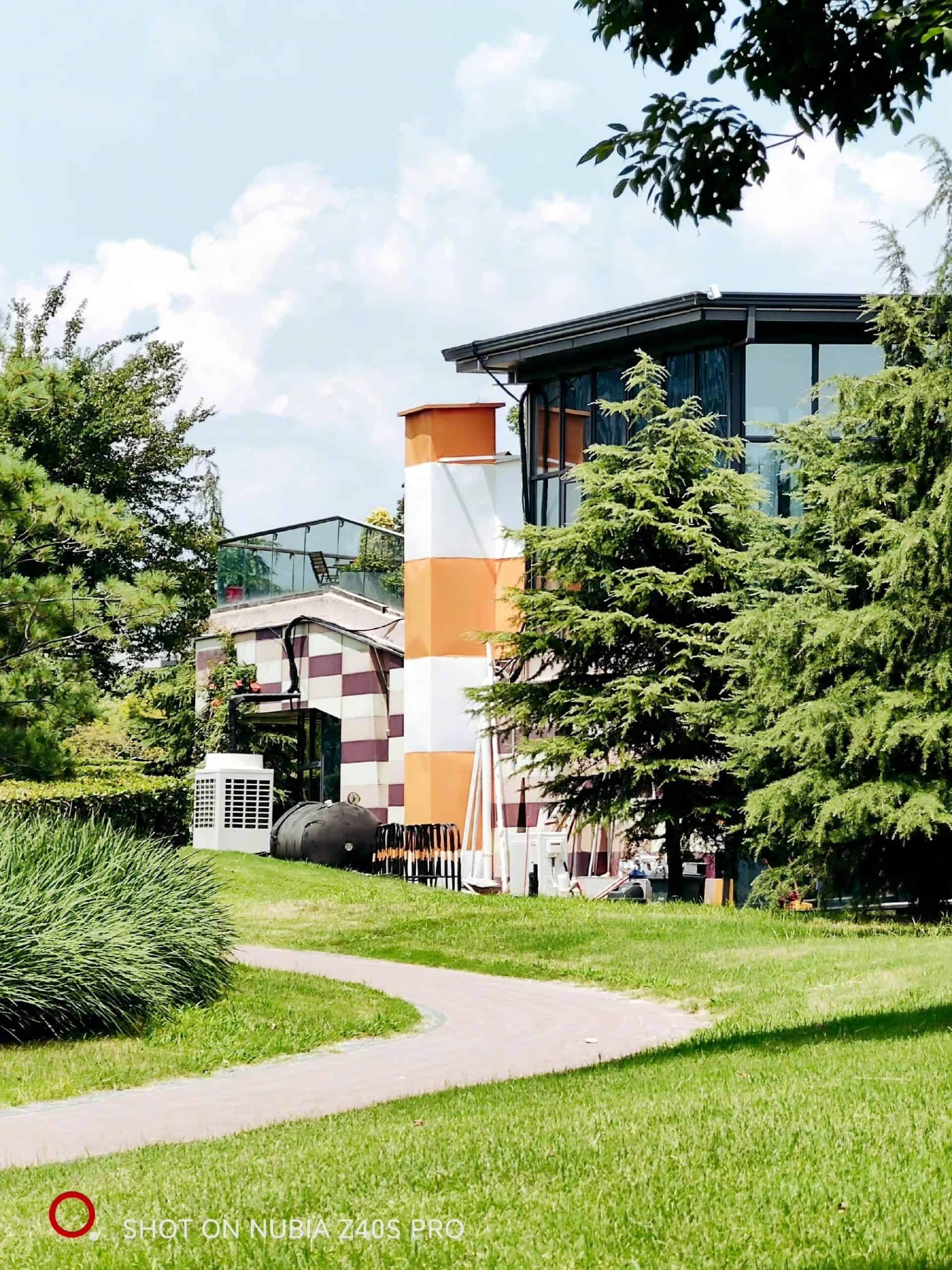
There is also a periscope telephoto lens. Although its resolution is only 8MP, the sensor supports OIS (optical image stabilization) and has a 125mm equivalent focal length. Combined with the 50-megapixel ultra-wide-angle macro main camera, it brings a versatile photography experience at all focal lengths.
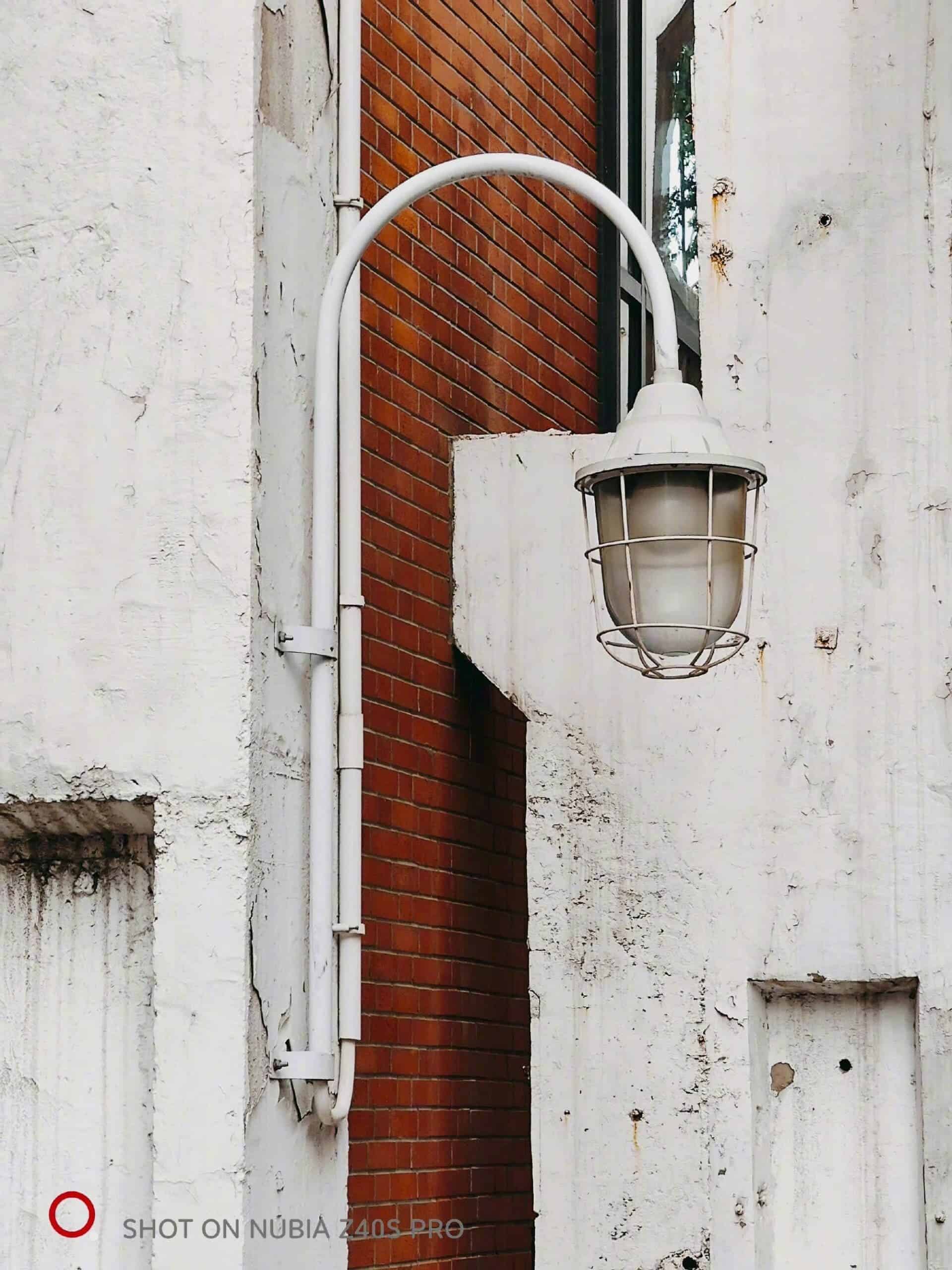
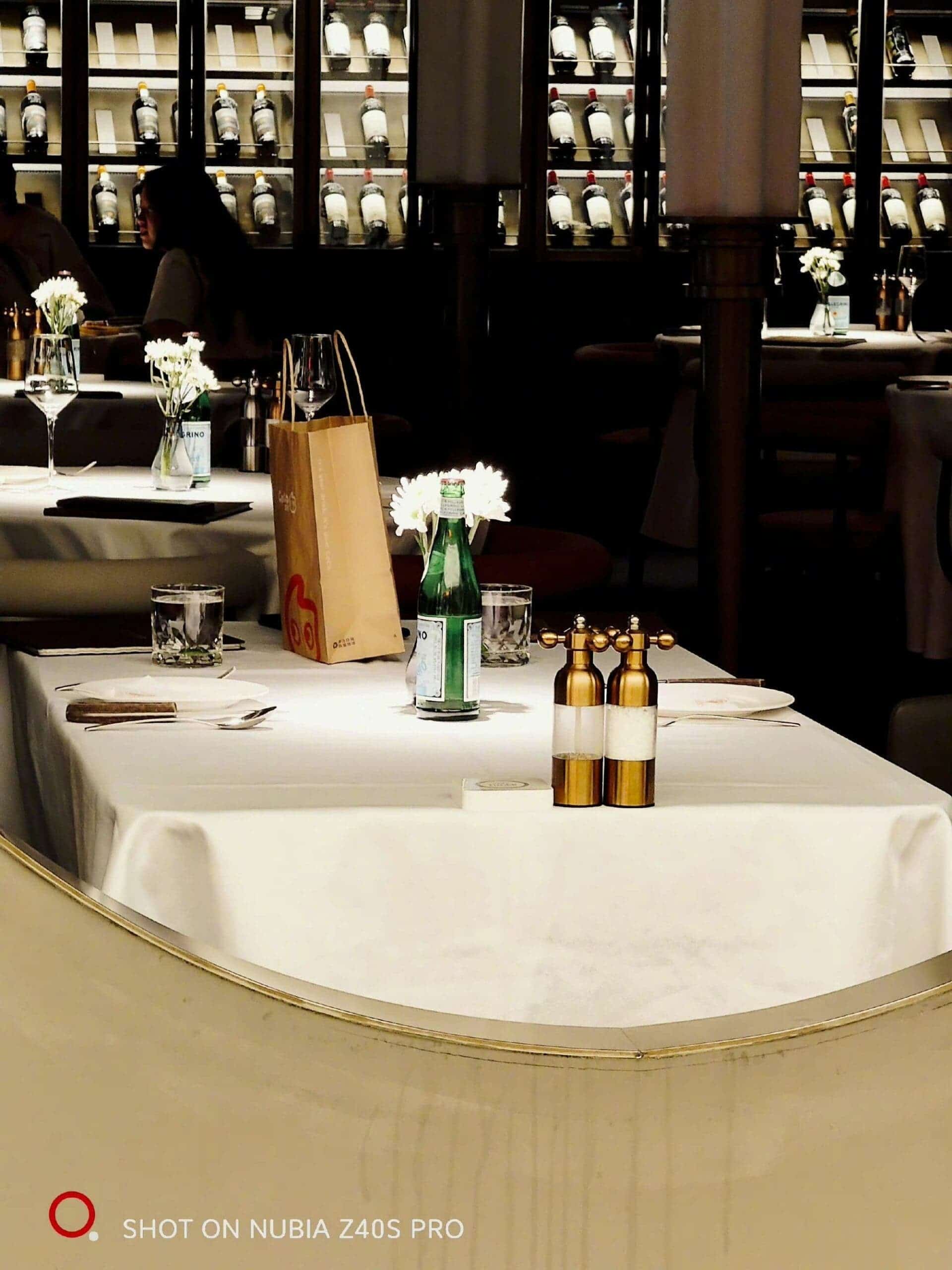
Nubia Z40S Pro has newly upgraded the RAW domain night scene algorithm. The latter enhances the resolution and dynamic range of dark areas, reduces noise, can restore color information, and obtain a layered picture texture.
The Z40S Pro camera also provides a number of interesting camera functions, including the classic starry sky, star trails, as well as slow motion, time-lapse photography, Limbo micro-step, and so on.
Battery and Endurance
Xiaomi Mi 12S Ultra
This phone sports a 4860mAh battery that supports 67W wired fast charging, 50W wireless fast charging and 10W reverse charging. It also comes with the Surge P1 fast charging chip and the Surge G1 battery management chip.
The phone can reach 0-50% in the first 15 minutes. However, the overall charging process takes 50 minutes. We understand that this is not comparable with the 120W of the Xiaomi Mi 12S Pro, but 67W is enough for daily use.
Depending on various use scenarios, the battery of the Xiaomi Mi 12S Ultra can provide day-lasting autonomy.
Nubia Z40S Pro
The Nubia Z40S Pro has two battery/charging variants. One comes with a 5000mAh battery and an 80W fast charging, whereas the second model comes with a 4600mAh battery and a 120W fast charging solution. The one we are testing now is the former one.
The 5000mAh battery is still very durable, and the intelligent optimization of the scene has made great achievements. The system is capable of automatically optimizing the background applications that have not been used for a long time, thereby, saving 30% of the power. The phone can be charged to 38% in 10 minutes and to 86% in 30 minutes.
Wrap Up
It turns out internally, these two have similar hardware. But when it comes to camera and photography, they are for different purposes. For instance, if the Xiaomi Mi 12S Ultra is ideal for macro and night-time shooting, the Nubia Z40S Pro is perfect for street shooting. But one thing is clear – both models are compelling in terms of hardware and software.

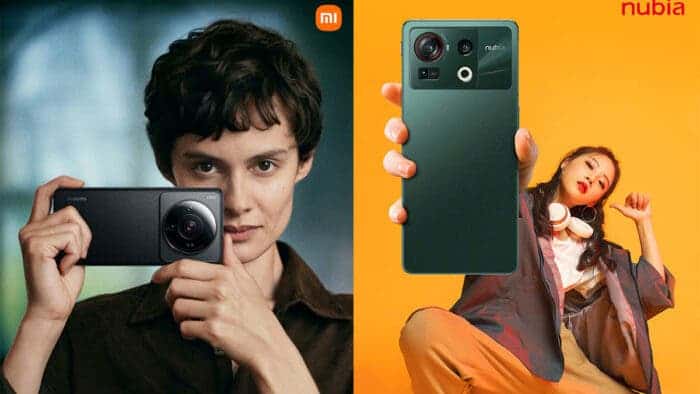

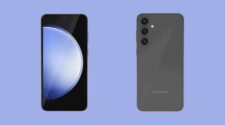
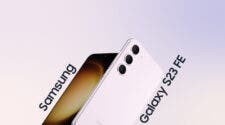

Hey Author…So where is the “battle” i.e. comparison of “like with like” examples to more realistically compare and reflect some cred in this so called “battle”